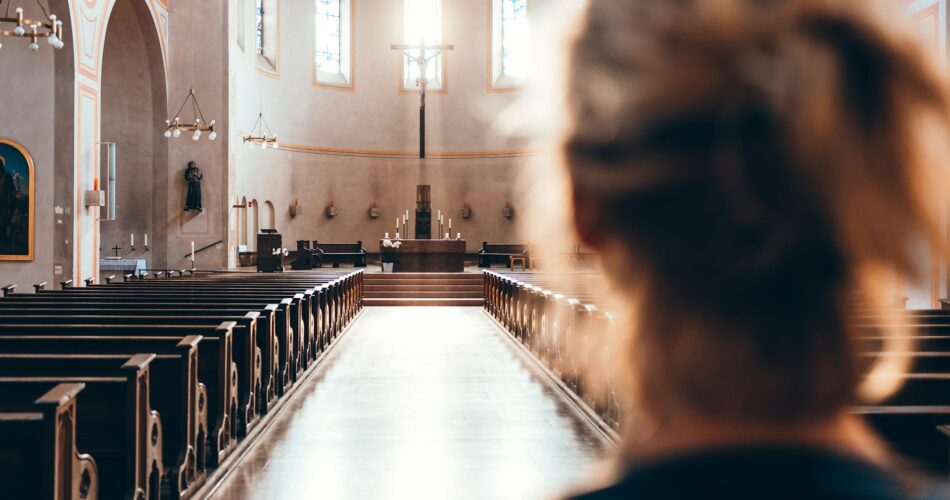Christianity Falls Behind As Many Turn Away From Religion
A recent survey in Germany has revealed a significant shift in the country’s religious landscape, with more people now identifying as religiously unaffiliated than as Roman Catholics or Protestants. According to 2024 data, 47% of Germans, approximately 39 million people, no longer claim any religious affiliation. In contrast, Roman Catholics and Protestants together make up 45% of the population, about 38 million individuals. This marks the first time in modern history that the unaffiliated group is the largest in Germany.
The decline in membership among Germany’s two largest Christian denominations is evident. In 2024, both the Roman Catholic and Protestant churches saw a loss of about 580,000 members each, continuing a trend where the two churches have been losing over one million members annually in recent years. Roman Catholics now account for 24% of the population, while Protestants represent 21%. The Catholic Church has faced greater losses in recent years, whereas Protestants experienced sharper declines prior to 2020.
Muslims now make up 3.9% of the German population, with other religious groups comprising 4.1%. The Muslim population has grown by about 80,000 over the past year, largely due to asylum seekers. In terms of religious practice, only 5% of Germans attend religious services at least once a month. Church attendance is particularly low among Protestants, with only 2.3% attending services regularly, while 6.6% of Roman Catholics do. By comparison, about 25% of Muslims regularly attend mosque services.
Smaller religious communities in Germany tend to show higher levels of religious participation, with around half of their members attending services regularly. This points to a broader trend of secularization in Germany, reflecting the decline in the influence of institutional Christianity. Furthermore, migration patterns have contributed to a more diverse religious landscape, further complicating the country’s religious identity.
The increasing number of religiously unaffiliated individuals marks a significant transformation in Germany’s religious makeup. While some people still maintain nominal religious affiliation, active participation in religious activities has become rarer. This shift highlights the changing nature of Germany’s religious identity, with the unaffiliated group now surpassing both Catholics and Protestants in size for the first time in history.
